International
Ukraine strikes with its drones one of the biggest blows of the war to the Russian arsenal
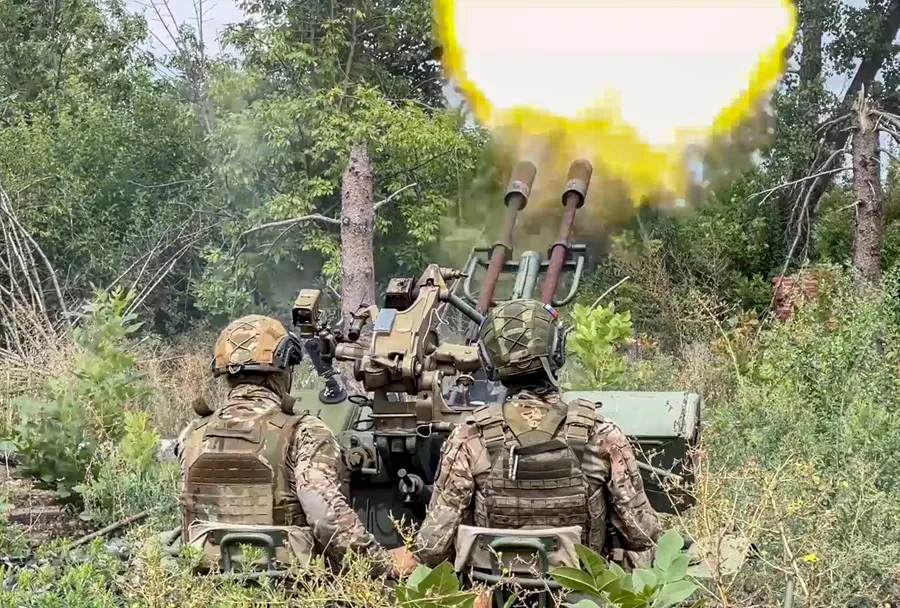
Faced with the resistance of its partners to lifting the ban on using their long-range missiles against Russian territory, Ukraine once again resorted to its own drones to hit the enemy rearguard with a massive attack that hit a warehouse of missiles, ammunition and aerial bombs in the city of Toporets in the Tver region of western Russia.
According to sources of the Ukrainian espionage, the attack was a joint operation by the Security Service of Ukraine (SBU), the Kiev military intelligence and the special forces of the Army and reached an ammunition depot in which Iskander and Tochka-U missiles were stored, in addition to aerial bombs and ammunition for artillery.
According to the Russian Telegram channel Astra, the warehouse in question, located in the city of Toporets in the Tver region, was hit by six Ukrainian kamikaze drones around 3.30 a.m. local time (00.30 GMT).
The Ukrainian portal Militarni, specialized in defense matters, has revealed that the attacked unit is 541690 of the Main Directorate of Missiles and Artillery of Russia (GRAU), in information that includes the coordinates of the attacked tank.
According to the balance sheet offered by the Russian Ministry of Defense, 54 drones were shot down throughout Russian territory during last night’s Ukrainian attack, 27 of them over the Kursk region, the scene of a military operation in Kiev since last August 6.
The authorities of the Tver region ordered the evacuation of part of the population of the area where the anti-aircraft defenses were activated in the city of Toporets, of about 11,400 inhabitants, located 460 kilometers from the Ukrainian border and where the attacked weapons warehouse is located, which had already been the target of the Ukrainian drones on two other occasions during the war.
Access to the city was reopened on Wednesday afternoon, when the evacuees were able to return to their homes.
According to the governor of Tver, Igor Rudenia, the attack has not caused fatalities or serious injuries.
Ukraine has made attacks on military airfields and missile and air bomb deposits one of its top priorities during the last months of the war, with the aim of reducing Russian air superiority.
According to data from the Ukrainian Army, Russian warplanes launch a hundred airstrikes every day against Ukrainian positions, infrastructure and inhabited areas, often causing civilian victims.
Through the massive use of guided air bombs – conventional high-power explosives equipped with their own navigation systems that allow the planes to launch them from outside the reach of enemy defenses – Russian aviation destroys Ukrainian defensive structures to pave the way for ground troops.
Kiev has insistently asked its main allies to allow it to multiply the effectiveness of its attacks on airfields and related infrastructures located within Russia with the use of its long-range missiles for this type of attack.
Given the resistance that its partners have shown so far, Ukraine must be content with using its drones for this type of operation, which increasingly hit Russian military installations but have so far failed to significantly decimate Russian aviation.
None of the countries with the capacity to transfer long-range missiles to Ukraine has given the green light for the moment to this request from Kiev, which is welcomed by countries with less military power and by some leaders of Western supranational organizations such as NATO, whose Secretary General, Jens Stoltenberg, said on Monday that he “applauds” the efforts of the allies to take this step.
Speaking to a Russian radio, Kremlin spokesman Dmitri Peskov criticized Stoltenberg for “not taking seriously” the warnings in this regard by Russian President Vladimir Putin, who said last week that giving permission to Kiev to attack Russian territory with long-range weapons will be interpreted with Moscow as a NATO entry into the war against Russia.
Peskov linked Stoltenberg’s words to the imminence of the end of his mandate at the head of the Atlantic Alliance. “It is clear that soon he will no longer have any responsibility for these words, but it is an extremely provocative and dangerous position,” he said.
International
At Least Eight Dead and 19 Injured in Deadly Bus Crash in Veracruz, Mexico

A tragic bus accident in the eastern state of Veracruz left at least eight people dead and 19 others injured on Wednesday afternoon, according to local authorities.
The vehicle was traveling through the town of Zontecomatlán when it crashed near a ravine, state Civil Protection officials reported late Wednesday night. “Regrettably, the prosecutor’s office has confirmed eight fatalities,” the agency stated in an official release.
Emergency Response and Medical Care Rescue teams worked into the night to assist the survivors. The 19 injured passengers were stabilized at the scene before being transported to hospitals in the nearby municipalities of Chicontepec and Huayacocotla. While the identities of the victims have not yet been released, Mexican press reports indicate the bus was en route from Mexico City to Chicontepec.
A Recurring Issue on Mexican Highways Road accidents involving long-haul passenger buses and freight transport are a frequent occurrence in Mexico. Experts often cite excessive speed, mechanical failure, or driver fatigue as the primary catalysts for these tragedies.
This latest incident follows another major disaster in late November, where 10 people were killed and 20 injured in a similar bus crash in the western state of Michoacán. The recurring nature of these accidents continues to spark national debate regarding the enforcement of stricter safety regulations for commercial transport units.
International
Jair Bolsonaro Hospitalized for Inguinal Hernia Surgery While Serving Sentence for Attempted Coup
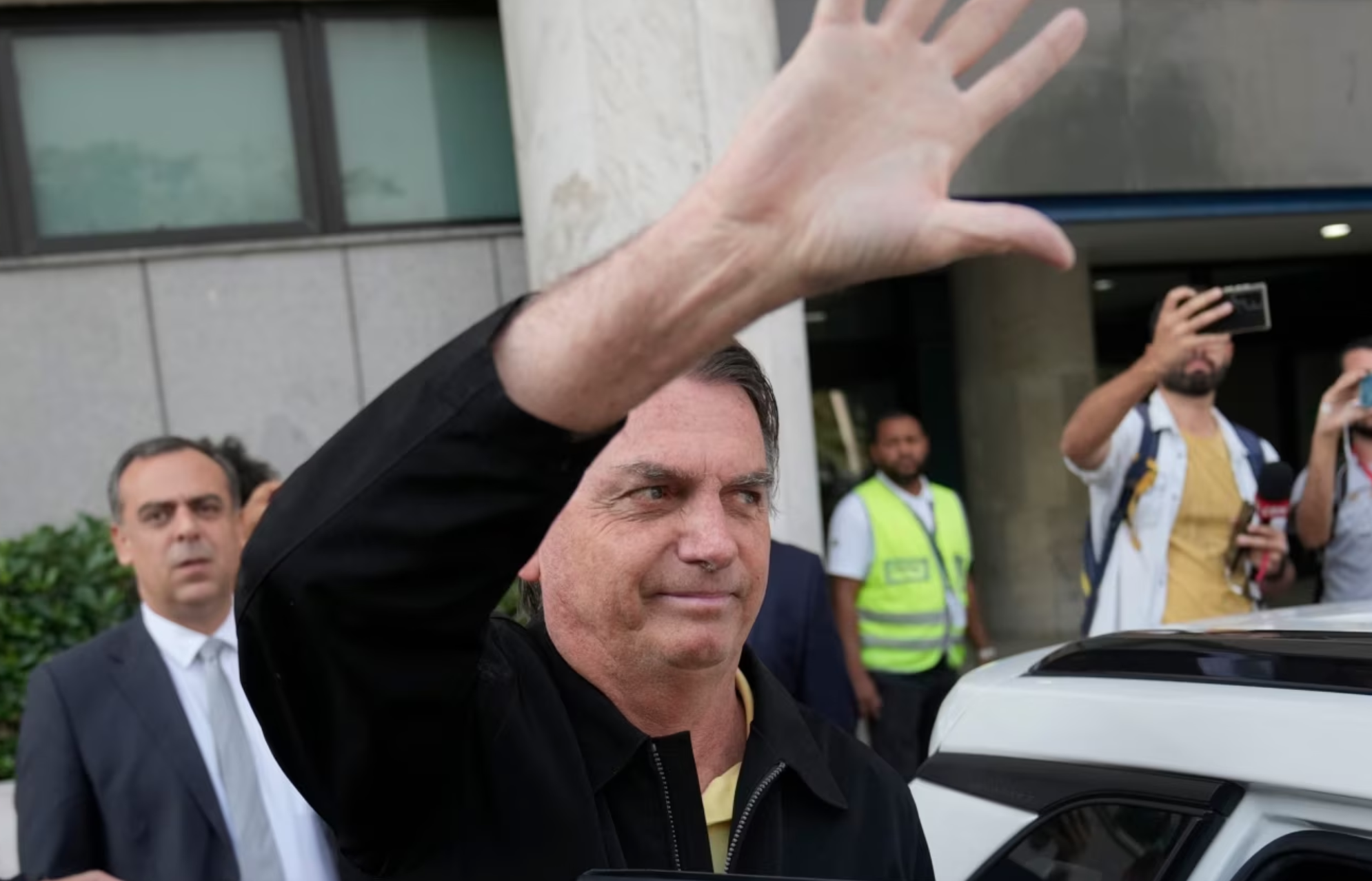
Former Brazilian President Jair Bolsonaro, currently serving a 27-year prison sentence for an attempted coup, underwent surgery this Thursday for an inguinal hernia. The procedure took place at the DF Star Hospital in Brasilia, according to his wife, Michelle Bolsonaro.
The 70-year-old former leader left prison on Wednesday for the first time since his incarceration in late November to prepare for the operation. “My love has just gone to the surgical center,” Michelle Bolsonaro posted on Instagram, where she has been documenting her accompaniment during his hospitalization.
Surgical Expectations and Health History Medical professionals treating the far-right ex-president (2019-2022) anticipate the operation will last approximately four hours. His recovery period in the hospital is expected to extend between five and seven days.
Dr. Claudio Birolini explained on Wednesday that while the surgery is standardized, it remains complex due to the patient’s history. Bolsonaro continues to suffer from the long-term effects of a 2018 campaign rally stabbing, an injury that required several major abdominal surgeries in the years following the attack.
“There is no such thing as a simple surgery. However, this is a scheduled and standardized procedure, so we expect it to be carried out without major complications,” Dr. Birolini stated.
Potential Additional Procedures Following the hernia repair, the medical team will evaluate whether Bolsonaro can undergo a second procedure: an anesthetic block of the phrenic nerve. This nerve controls the diaphragm, and the intervention would aim to resolve a chronic case of recurrent hiccups that has plagued the former president for years.
Bolsonaro remains under heavy security at the medical facility as he serves his lengthy sentence related to the events surrounding the January 2023 institutional crisis in Brazil.
International
Trump Orders Construction of New ‘Golden Fleet’ to Revitalize U.S. Naval Superiority
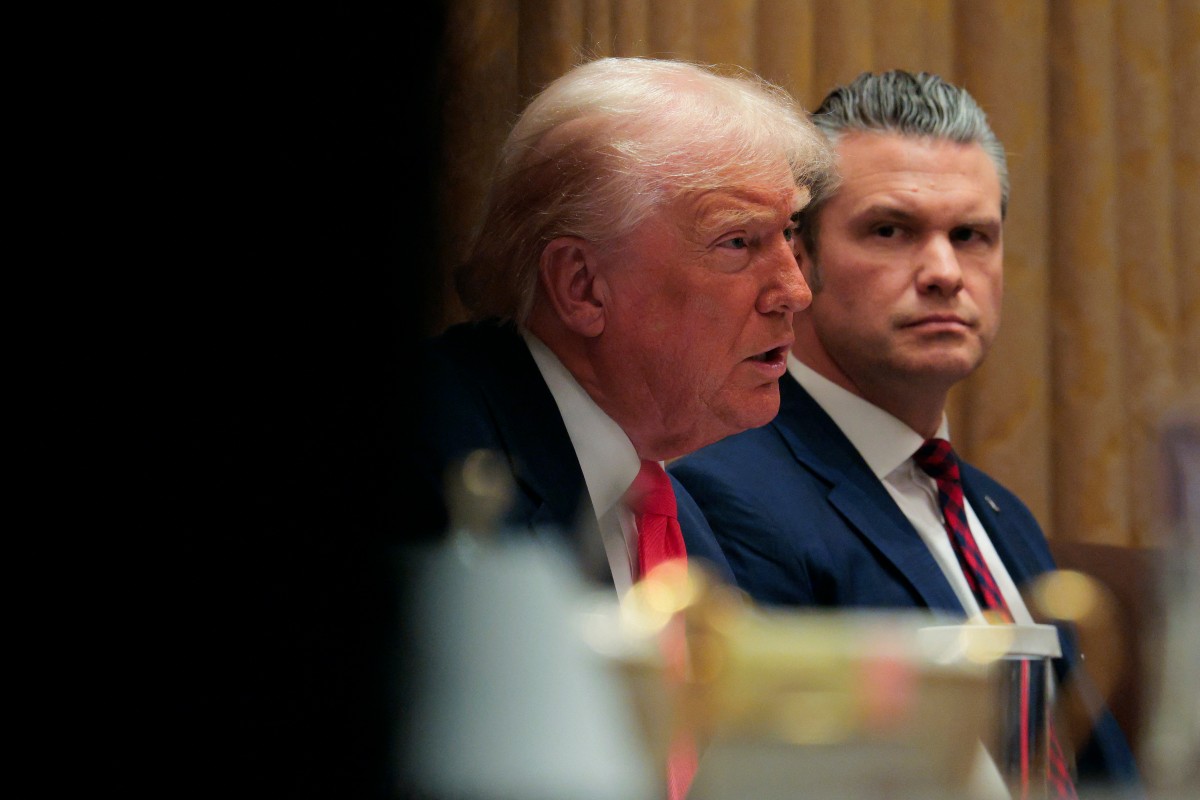
President Donald Trump issued an executive order this Monday for the immediate construction of two new warships that will bear his name. These vessels will be the pioneers of what he described as the “Golden Fleet,” a future generation of “Trump-class” battleships that he claimed would be “100 times more powerful” than those currently in service.
The announcement took place at his private residence in Mar-a-Lago, Florida. The President indicated that following the initial two ships, the administration aims to commission up to 25 additional vessels. He is scheduled to meet with Florida-based contractors next week to expedite production, criticizing existing defense firms for failing to deliver results efficiently.
This naval expansion is a cornerstone of Trump’s goal to revitalized the American shipbuilding industry and address the strategic gap between the U.S. and competitors like China.
The move comes amid heightened geopolitical tension. Just last week, Trump ordered the seizure of all sanctioned tankers involved with Venezuela’s “ghost fleet” to cripple the country’s crude oil industry. Since December 10, the U.S. military—deployed in the Caribbean under the guise of counter-narcotics operations—has already detained two tankers linked to Venezuelan oil transport.
-
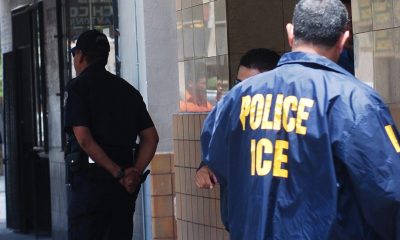
 International3 days ago
International3 days agoU.S. Judge Blocks ICE from Re-detaining Salvadoran Erroneously Deported Under Trump Administration
-

 International11 hours ago
International11 hours agoAt Least Eight Dead and 19 Injured in Deadly Bus Crash in Veracruz, Mexico
-
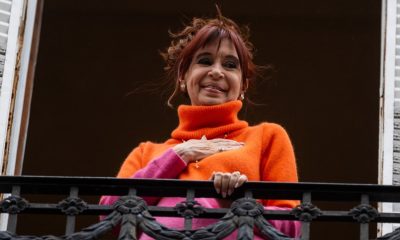
 International4 days ago
International4 days agoCristina Kirchner recovering after appendicitis surgery in Buenos Aires
-
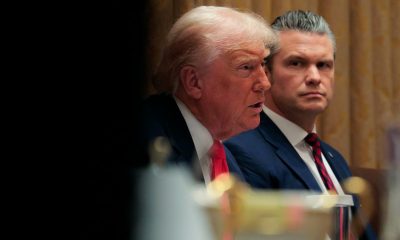
 International3 days ago
International3 days agoTrump Orders Construction of New ‘Golden Fleet’ to Revitalize U.S. Naval Superiority
-

 International4 days ago
International4 days agoFire at substation triggers major blackout in San Francisco
-
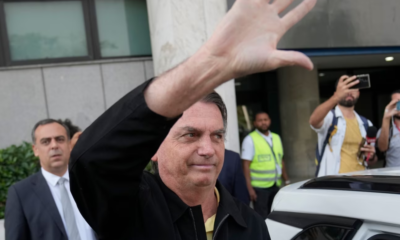
 International11 hours ago
International11 hours agoJair Bolsonaro Hospitalized for Inguinal Hernia Surgery While Serving Sentence for Attempted Coup




























